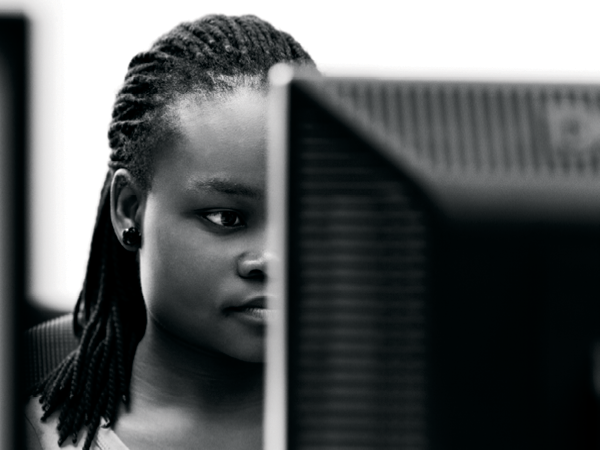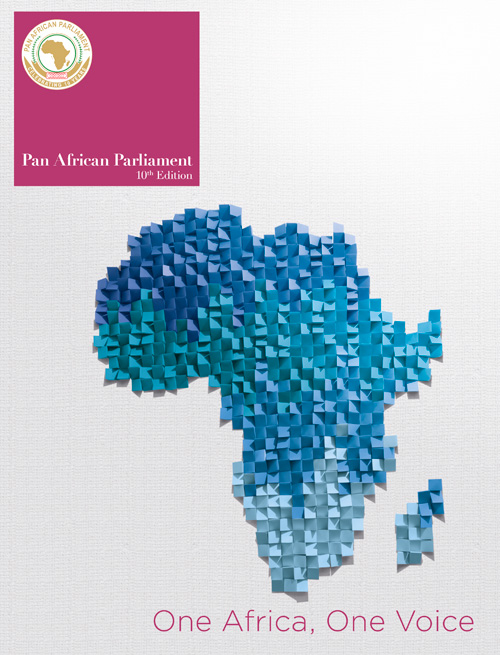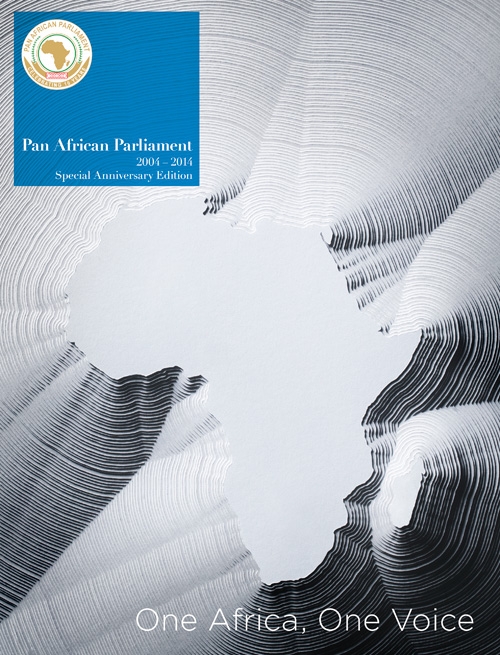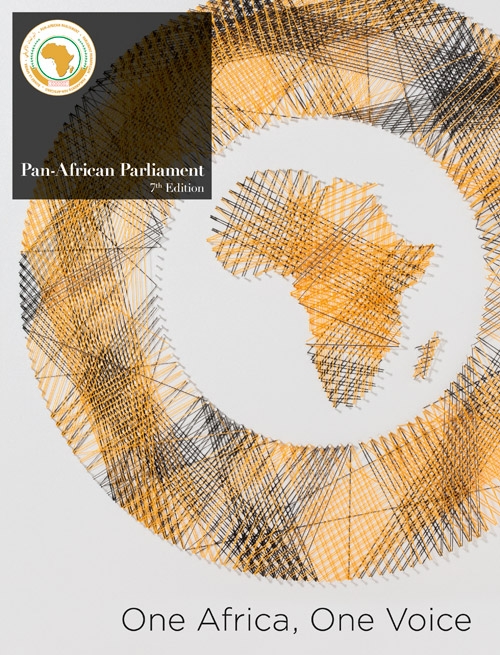
African governments and education NGOs have spoken for years about technology as a way to unleash new learning opportunities throughout the continent. Now the potential is becoming reality, thanks to better and cheaper internet connectivity throughout Africa. Technological advances and lower prices in solar power, e-readers and smartphones are an added advantage.
Latest research indicates that e-learning is rapidly changing the face of education in Africa. The eLearning Africa 2012 Report shows that 71% of the teachers surveyed are using ICT-enhanced learning in classrooms while 48% use mobile phones for education. ICT is steadily finding its way even into remote schools as technology vendors, governments and aid agencies try to plug the gaps in the continent’s educational systems.
ICT has a number of roles to play in sub-Saharan Africa where primary school enrolment is among the lowest in the world. To meet demand, 350 000 new teachers will need be to recruited every year up to 2015, while 40% of people over the age of 15 are illiterate. These stats mean that there is huge pent-up demand for education across the board – from school level to university and adult basic education.
Governments are seizing the opportunities with both hands. Policymakers believe that e-learning (learning empowered by ICT) could help address the critical shortages in teachers, especially in maths and science as well as a dearth of books and learning materials. As importantly, they want to equip young Africans with the skills and competencies needed to prosper in a global economy, increasingly driven by technology.
Fast-growing enrolment in online higher education and a boom in self-paced e-learning means that Africa is today the most dynamic market in the world
E-learning isn’t only about schoolchildren but university students and even adults who are looking to increase their skills and knowledge base. It could also help women strengthen their position in society through access to information and opportunities.
Many e-learning programmes at schools are designed to provide learning for teachers, parents and the community. Microsoft is training teachers in Malawi, helping them open their own computer labs through the Malawi Learning Partnership network.
Fast-growing enrolment in online higher education and a boom in self-paced e-learning means that Africa is today the most dynamic market in the world, according to US research company, Ambient Insight. Virtual universities are popping up throughout the continent – one is expected to launch this year in Ghana, a partnership between African University College of Communications and the India-based AVAGMAH Online School of Bharathidasan University. So what has changed in the past 10 years to bring about this revolution in ICT-enabled education?
According to a White Paper from technology services firm, Accenture, an inflection point has been reached thanks to the intersection of three trends: the reduced cost of computing devices; reduced power consumption of devices; and availability of off-grid power.
Another factor should be added to these: the landing of a number of new submarine cables on Africa’s coastlines, bringing with them cheap, high-quality international bandwidth to countries that had once depended on slow, expensive satellite connections. In some countries, the price of bandwidth has fallen by up to 10 times over the past few years, making it more viable than ever to deliver educational content via the cloud.
Together these trends have brought prices down so dramatically that they make e-learning feasible as a large-scale solution to Africa’s education challenges. They allow Africa to leapfrog Western approaches, says Accenture. The upshot is that it is easier to tailor and distribute digital educational content than ever before.
Accenture says that new solutions have helped address the lack and high costs of power in many parts of Africa. Technologies such as photovoltaic solar panels and wind turbines are cheaper and better today than a few years ago. Many projects use these technologies to enable e-learning in communities and areas where it wouldn’t have been viable 10 or even five years ago.
Samsung has launched a Solar Powered Internet School, housed in a 12m container, powered by 24 solar panels on the roof. The company has already rolled out this technology at Phomolong Secondary School, in Tembisa, South Africa. Another project run by Maendeleo Foundation and Intel uses 200 mA solar batteries to run rugged PCs in Ugandan classrooms.
When it comes to computing devices, the landscape has changed enormously over the past five years. Educators once depended on the availability of personal computers to reach learners with digitised content – devices that need skilled professionals on hand for support and maintenance, which consume plenty of electricity and need to be locked up and securely stored.
Now there are other options. E-readers and basic tablet computers are available for $100 or less, and smartphones are available for as little as $80. Princes, in the meanwhile, are still tumbling. Educators have become smarter about creating learning content formatted for basic mobile phones and feature phones.
Educators have become smarter about creating learning content formatted for basic mobile phones and feature phones
It is becoming increasingly viable, therefore, for learners to have their own devices that they use at home, rather than relying on shared computers in a lab at school. In addition to lower purchase as well as support costs, mobile devices also have the advantage of consuming far less electricity than PCs with big screens.
Worldreader is one example of an organisation that is bringing e-readers to African schools. It has donated Amazon Kindle readers to a number of schools, and has created a mobile phone e-reader app used by readers in places such as in Nigeria, Ethiopia and Ghana. The benefits are enormous.
The approach eliminates the costs of printing and distributing books, allows for more interactive content, and makes it easy to update content. Thousands of books can be stored on a device and downloads are usually small enough so that a GPRS or EDGE connection will easily do the trick. What’s more, the devices generally have good battery life.
The humble cellphone, which has changed life in Africa dramatically through mobile financial services such as the M-Pesa money transfer offering, is also likely to have a big role to play in the future of education. One example of a mobile learning initiative under way in Africa is the Nokia MoMaths programme in South Africa.
Schoolchildren can do a range of maths exercises on their mobile phones as a study aid. They don’t need the latest and greatest smartphones to run the app. Any phone with basic features that runs the Mxit social media programme will do.
In 2011, some 8 000 students racked up a total of 2.5 million exercises, 82% of this activity outside of school hours, according to the Guardian.
Of course, there are still some constraints for African countries seeking to provide e-learning solutions to educational needs. Bandwidth is still a challenge in some regions, particularly some landlocked countries and the rural areas, though it is becoming more affordable, stable and plentiful all the time.
Securing teacher buy-in for ICT and training them to use it effectively also demands more time and patience than is sometimes anticipated. Devices are still expensive relative to the incomes of many rural and urban Africans, and many educational programmes are underfunded.
Despite these challenges, ICT is transforming education in Africa, with more successful case studies emerging all the time. Though technology cannot replace a knowledgeable and empathetic teacher lecturing a class, it will expand the capacity and effectiveness of teachers, bringing better education to many corners of Africa that have been underserviced in the past.
By Lance Harris
Image: Gallo/Getty Images







